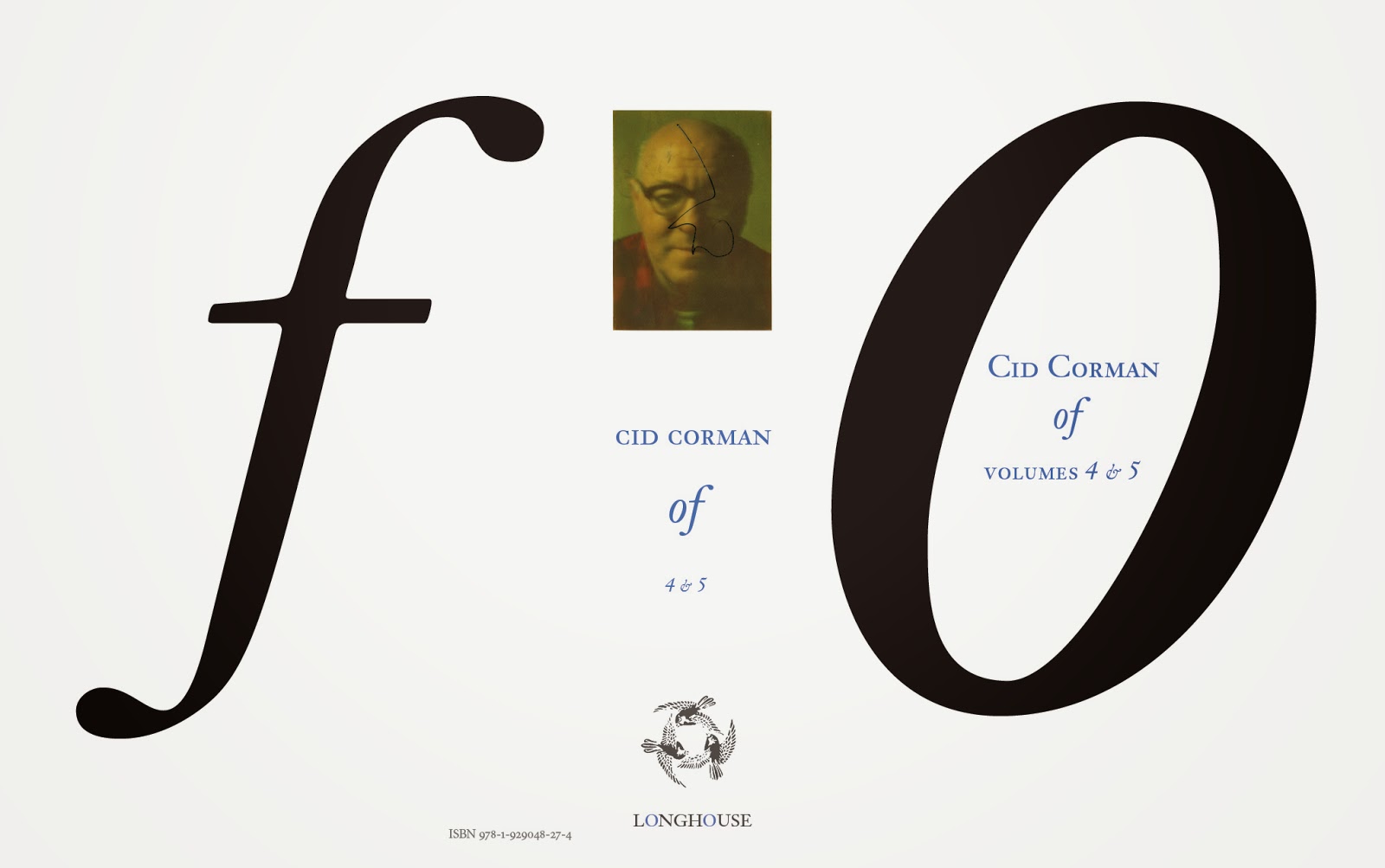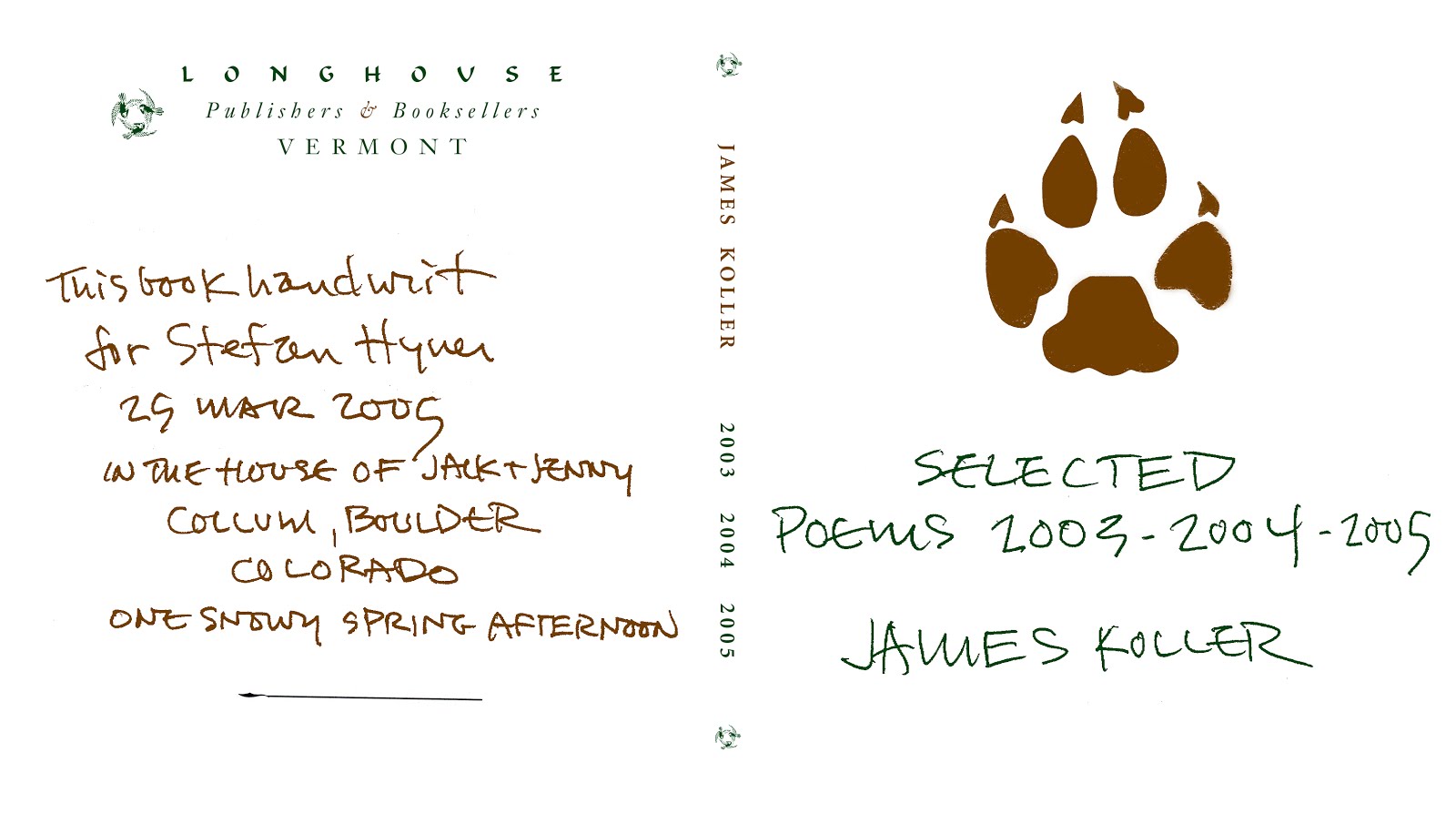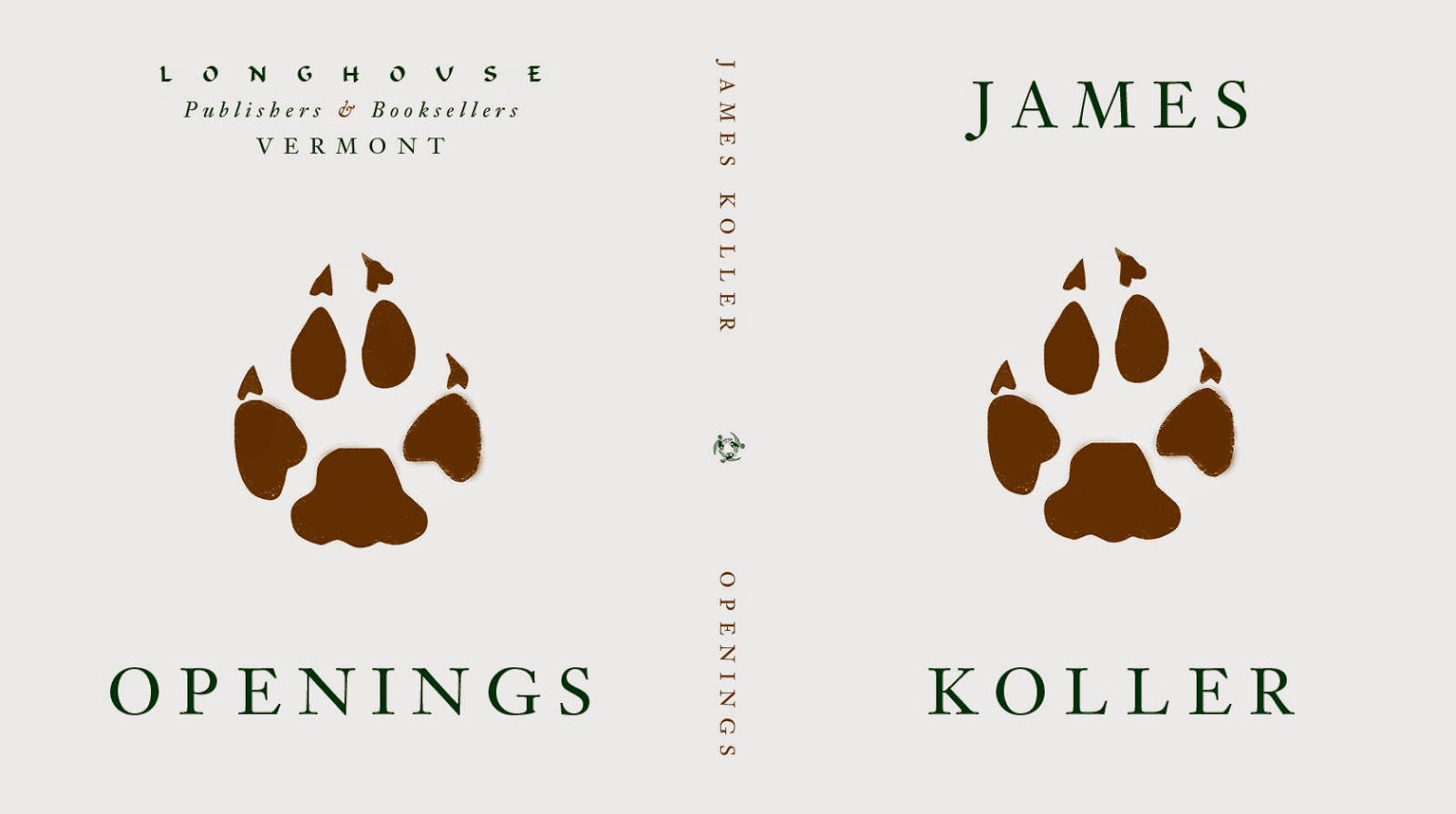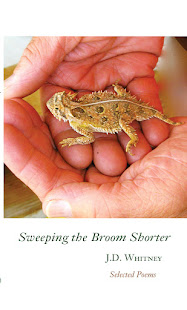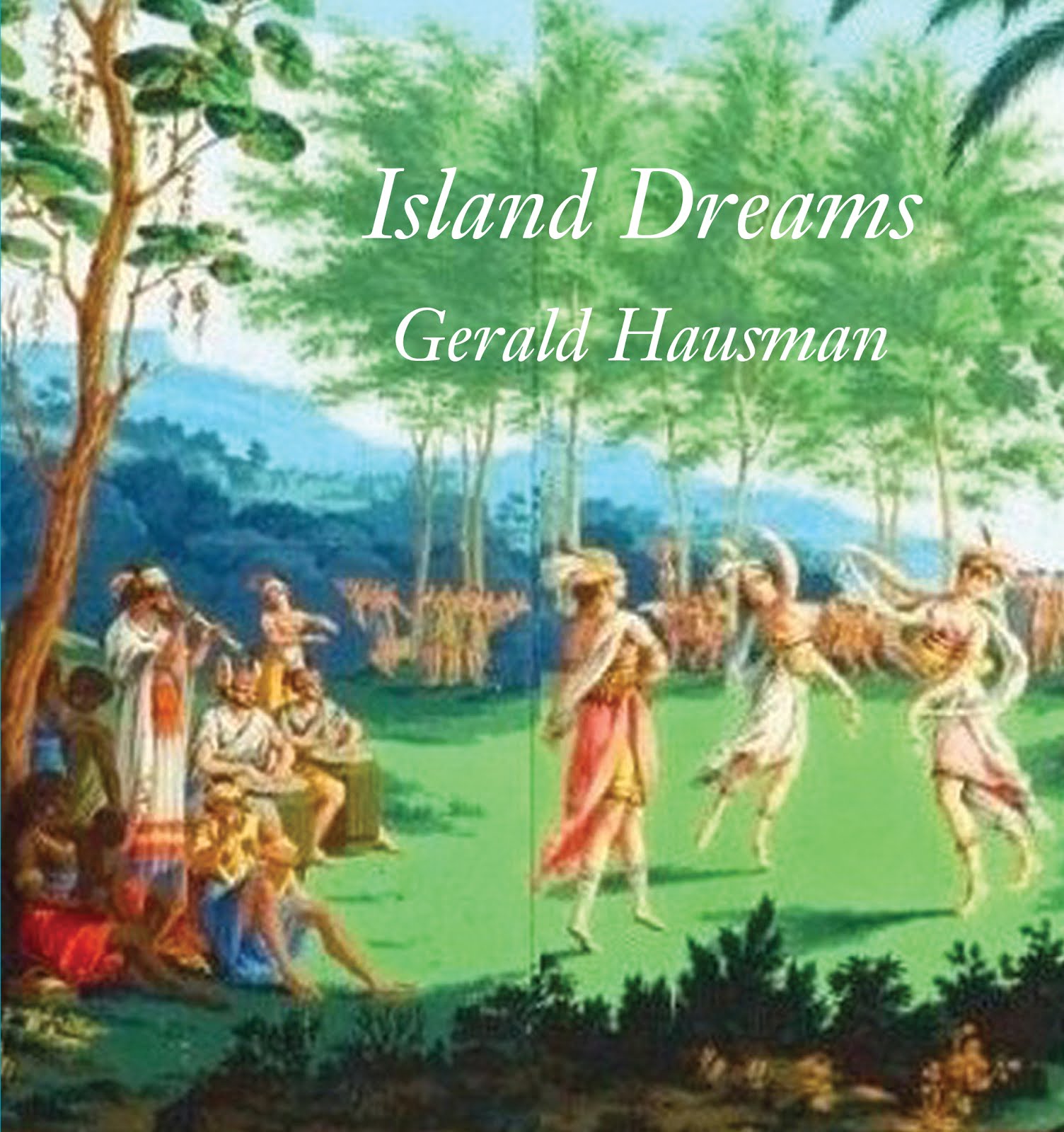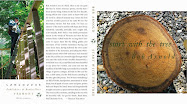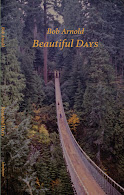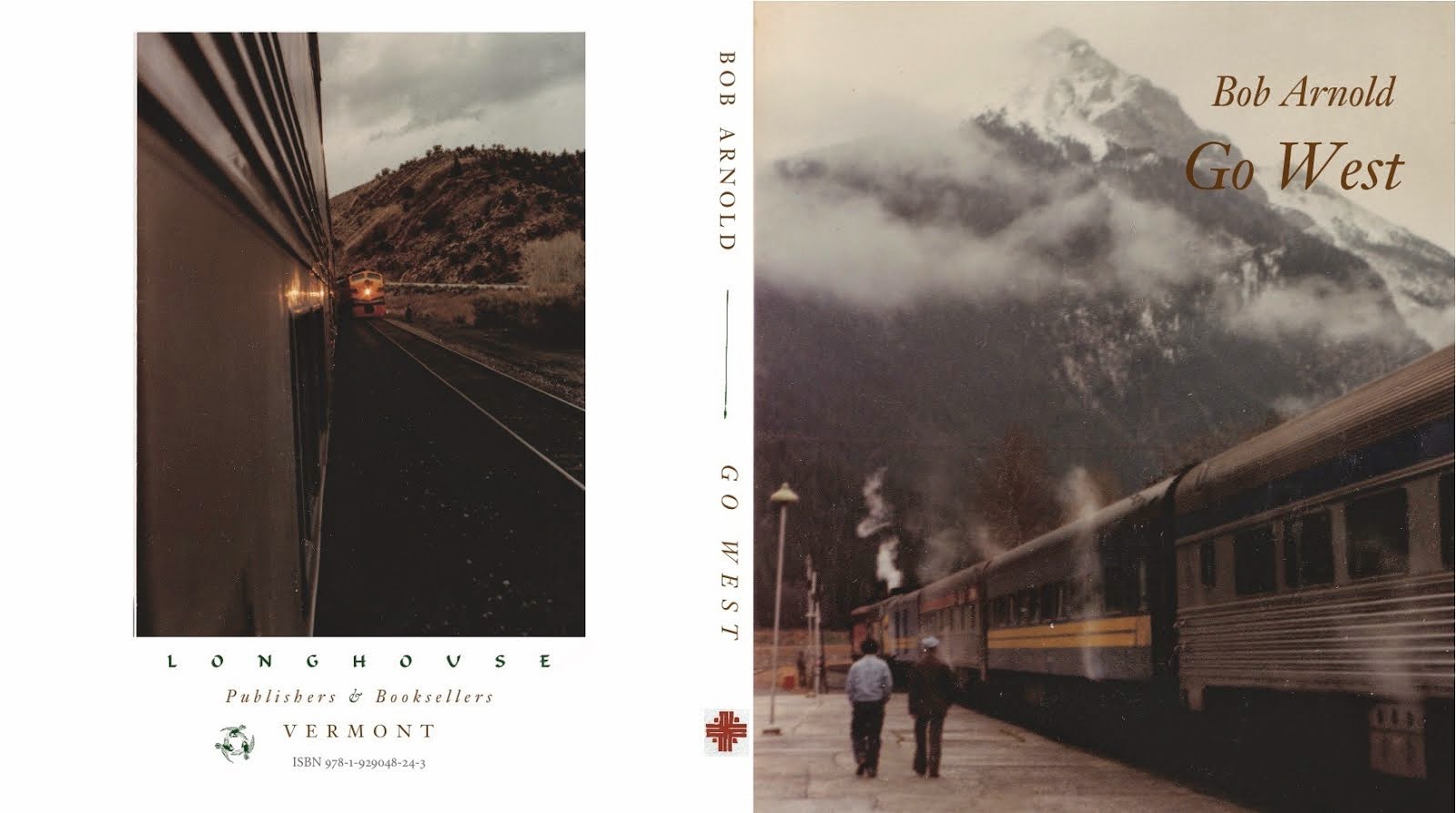(Allen Ginsberg & Charles Plymell in the back seat)

tumblin'
ridin'
sleepin'
over the
wheel
Neal Cassady. Some writers and even former Presidents have had close calls on trains. John Quincy Adams escaped injury aboard the Camden & Amboy in 1853; a derailment killing one and harming a number of others. The philosopher Lin Yutang was involved in a wreck in the 1940s — once again, a derailment, and just as the train was picking up speed leaving its North Philadelphia station. Eye witnesses couldn't shake the memory of seeing one coach being pitched vertically in the air only to be busted in half by an overhead signal bridge. This was the same train Henry C. Mencken rode regularly from Baltimore to New York.
As towns grew, the cut-through railroad tracks had to be crossed by streets spreading out to new neighborhoods. Train depots were situated right in the center of town or at the outskirts, it all depended. Located in the center of town established travelers and cargo, businesses and citizens all together. Some towns hated to see the railroad and its watertowers, worker shanties, rail-yards, etc., other towns made a show of it.
Today, no passenger train passes through Santa Fe, New Mexico; while trains skirt the edge of town in Whitefish, Montana — right at the end of the main street, a big Burlington Northern yard — and how many times have we awakened in the early morning just in time to see Hutchinson, Kansas fly on by...looking up its lonely opening daylight street running at a right angle to the railroad tracks.
One writer who worked for the railroad and literally died beside the tracks; no longer with the face of a boy born on the road with parents enroute to California, this birth taking place in Salt Lake City which is a jump on the map away from his upbringing in Denver which is another jump to his death in Mexico so many years later, so many stolen cars later and the go, go, go that went into the railroad work and the railroad work went into the driven cars as he crossed America at the drop of a hat taking anyone who would come along with him was the nature of his writing. Welcome to Neal Cassady. His best writing tabulated in first person speed letters, whole-hearted vividly confessional pages written to Jack Kerouac, which lit the lamp for serious book writer "John Kerouac" — as his name was printed on his first novel — to never be the same writer again. Stumped by writer's block after the first book, with experiences of road and sea travel and not sure exactly how to let it all go, it was the letters from Cassady that poured forth Kerouac's next book On the Road. It is no surprise that Neal Cassady, as "Dean Moriarity," was the central figure in the book; a book written and now as legend on a long paper-roll during three weeks of feverish remembrance. It all came out as a brilliant letter to a friend.
Dead along the tracks in Mexico after wandering away from a wedding party and barely dressed, rain slapping down, his body fueled on alcohol and barbiturates, Neal Cassady wasn't too far away from Kerouac who wouldn't believe the news his old friend was dead, and then Kerouac was gone the year after. Neither made it to age fifty. Their road and sea and trains had by then all changed. By the time they died their living and celebrations in books of that living was becoming a big business, a catalyst that pin-wheeled thousands of other writers, but really these two of all the mess struck like iron one hundred years later and by far the best those early visions of America sung as songs to the open road by Whitman. All the other writers were oriented from a European, Far East, or intellectually dressing down to a common.
Cassady would know, without ever having to read the twentieth century's great long poem of America — Carl Sandburg's "The People, Yes" — published when Cassady was ten years old; poem of wide flood gates glory, from the people not just about the people, sprawled and dangling and music voice ridden long before anything beat or beatnik, and Cassady and Kerouac knew enough to tip their hats to a Whitman or Sandburg butter-rich in their mouths, big as pastures these folksongs, and often coolly angular as a nonstop jazz. The folk opened their shirts and beat their chests, but jazz would later skip flight and improvise their lines.
Drugs did something too, spangled to the next generation as just the key to get "somewhere;" in hands of the travelers it stimulated the drive, wrote more books, perhaps matched the energy of what was experienced to somehow getting it all down on paper. But without a doubt the car, the road, sweethearts, and stars above the railroad yard were more important. But how to make it all work? On tape today the speed-rap Neal Cassady is obviously a drug induced in the limelight young girls by the side traveler. It's heart-breaking to know the performance was egged on by a merriment that was going nowhere for him, by a counter-culture self-possessed yet searching, though in no way raised and belonging to daily work habits and customs as Cassady knew in the post World War II years and his job on the railroad along the coast of California aboard the Southern Pacific. He would work here as a young man, and he would work here as an older man. No matter if color blind he started at the bottom of railroad work and earned his way up as boomer, switchman, passenger brake-man — moving on the trains that pushed produce out of Salinas and Santa Clara Valley truck-farms — these workers still bend and chop and freight trains carry it along today.
Cassady was a family man, a married man when scheduled to the railroad. A photograph taken in 1949 out in the bright California sunshine shows Neal Cassady standing beside two of his co-workers — older men, all in uniforms like Cassady's: ties and vests — and Cassady looking the tenderfoot and not at all the later champ of Beat legion; hands behind his back, pants pressed, hat cocked, railroad pins like his colleagues on both lapels of his jacket. How lovely. He doesn't appear to be wearing the official pocket watch nor retractable key chain for switch keys, but the shoes are steel-toed and there might be a future for this kid of twenty-three. Neal Cassady, dead at forty-two, faraway from any railroad but somehow walking the town tracks in San Miguel de Allende, always the railroad man.
allen ginsberg
worldhum.com
dedicated to friend & beat scholar joy walsh (1935-2011)
















